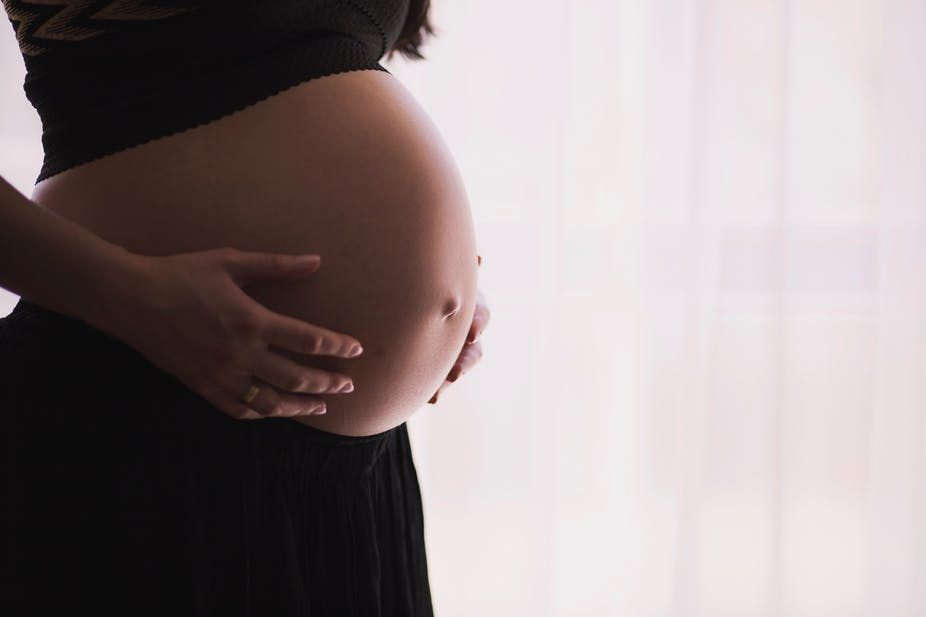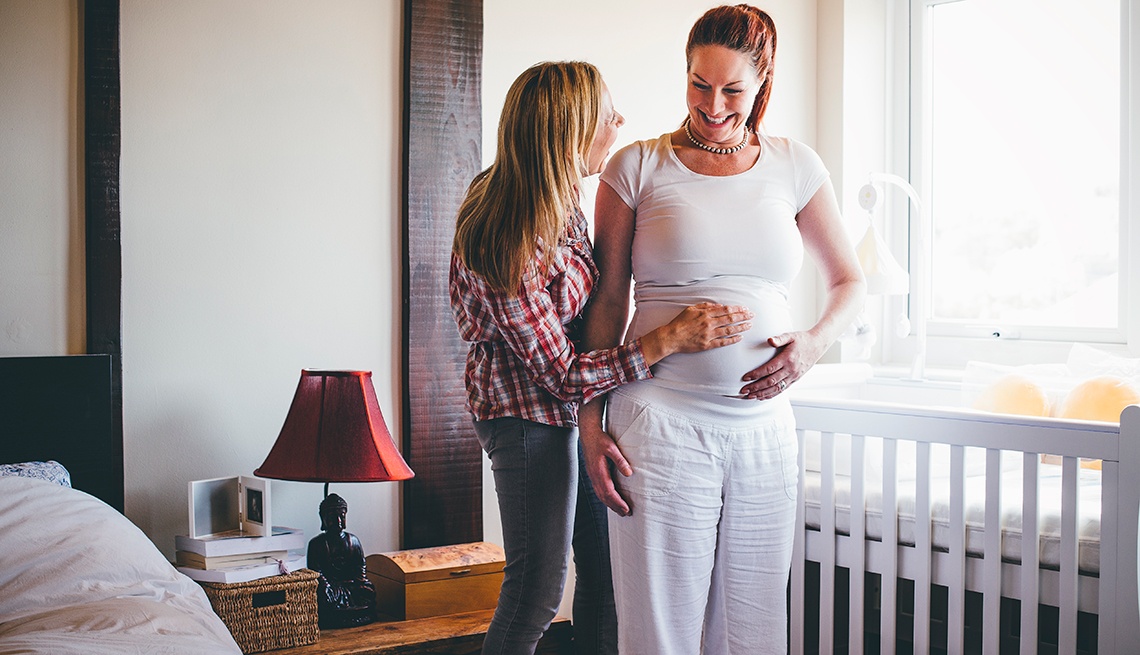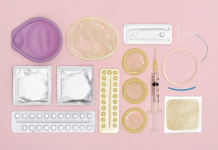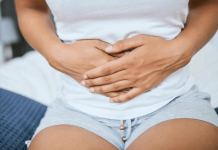Fertility is a topic that most women are sensitive about, especially for those who have been trying to get pregnant for a long time. However, some women are unaware of the factors that can affect their fertility.
While some of these factors may be uncontrollable, others may be manageable, particularly those that involve your lifestyle choices. Learning what changes you must make could make a difference in improving your fertility.
This article will talk about what female fertility is and the different factors that can influence fertility. It will also discuss common fertility problems that women face, what causes them, and lifestyle changes they can make to avoid them.
- Understanding Female Fertility
- A Look into the Menstrual Cycle and Pregnancy
- Age and Its Impact on Fertility
- How Long You Have Been Trying to Conceive
- Regular and Properly Timed Sex Is Key
- Be Aware of Lifestyle Factors that Impact Fertility

Understanding Female Fertility
According to the Mayo Clinic, female fertility is the ability of a woman to conceive a biological child. Women start to become fertile in their teenage years after undergoing puberty.

For females, the start of their fertile age or reproductive years is when ovulation and menstruation begin.
On the other end, women undergoing menopause are generally understood to be at the end of their fertile years.
However, fertility becomes lower as women age, and it is expected that women stop being able to reproduce around 5 to 10 years prior to menopause.
Infertility in Women
On the other end of the spectrum, female infertility refers to a disease that impairs or limits the ability of a woman to get pregnant and give birth. At least 1 out of 10 women deal with some sort of infertility problem.
There are many possible reasons for infertility, but all of them boil down to issues with a woman’s reproductive organs. Among the common issues are uterus problems, fallopian tube problems, ovulation issues, and egg number and quality problems.
The risk factors for developing female infertility are numerous but are mostly related to general health conditions, genetic traits, lifestyle choices, and age.
A Look into the Menstrual Cycle and Pregnancy
To further understand fertility, it’s important that you have an idea of how the menstrual cycle works and how pregnancy occurs. This is because anything that disrupts these can affect a woman’s fertility.

The Mayo Clinic describes the menstrual cycle as the series of changes the female body undergoes monthly in preparation for a possible pregnancy. Ovulation is the part of the cycle where an egg is released by one of the ovaries.
Hormonal changes occur to prepare the uterus for pregnancy. However, if the egg fails to be fertilized during ovulation, the lining of the uterus will shed via the vagina, which is commonly known as a menstrual period.
Fertilization and Pregnancy
The egg released from one of the ovaries moves to the fallopian tube and stays there for at least 24 hours during ovulation. If a sperm reaches the egg and successfully fertilizes it, pregnancy happens.
The fertilized egg goes down to the uterus, which was previously prepared via hormonal changes, where it will implant itself. It will stay there until it fully develops after 40 weeks.
When trying to get pregnant, there are a number of factors that you must consider which may affect your fertility as a woman. This article will discuss some of these factors.
Age and Its Impact on Fertility
Earlier it was mentioned that as women age, the level of fertility becomes lower. This is because women are born with all the eggs they will ever produce in a lifetime, and this number decreases as time goes by.

Younger women tend to lose eggs at a gradual rate, but as they approach their mid to late 30s, the rate of decrease becomes higher. In addition, the quality of these eggs also declines as women get older.
The combination of reduced quantity and quality of the eggs then affects the likelihood of a woman getting pregnant, and if some of them do, there is a higher chance of having a miscarriage.
Likelihood of Pregnancy and Age
Women in their early to mid-20s have a 25% to 30% chance of getting pregnant, and this will start to decline significantly as they approach their early and mid-30s.
At age 40, the likelihood of women becoming pregnant each month declines dramatically to just a measly 5%. Even with in-vitro fertilization (IVF) treatment, age still plays a factor in the chance of a live birth.
Those between 30 to 34 years old have a 43% chance of successful IVF, while women aged 35 to 39 have a 31% likelihood of giving live birth. Unfortunately for those aged 40 to 44 years, they only have an 11% success rate.
How Long You Have Been Trying to Conceive
In some cases, a condition called subfertility may occur. While with infertility, a woman is unable to conceive naturally, subfertility only refers to a delay in conceiving.

This means that there is still the possibility of conceiving naturally is still there, but it may take longer than usual for women with subfertility to become pregnant compared to others.
Research shows that couples, on average, spontaneously conceive within 12 months of regular unprotected intercourse.
In people with subfertility, this will go beyond the usual 12-month period.
Previous Pregnancy Increases Chances of Another One
It has been observed that those who previously got pregnant, regardless of whether it resulted in a live birth or not, have a higher chance of getting pregnant again once they tried.
This is in comparison with women who have never been pregnant before.
Regular and Properly Timed Sex Is Key
Of course, a woman’s ability to get pregnant can only be known if she has a partner and participates in regular unprotected sexual intercourse. However, timing is important to achieve pregnancy.

Understanding a woman’s menstrual cycle, which was discussed earlier, is very important to make sure that fertilization occurs and pregnancy ensues. Just like any goal, planning ahead leads to better results.
The key to getting pregnant is knowing when your fertile period is. It refers to the period in a menstrual cycle when the chance of a woman getting pregnant is at its highest level.
How to Calculate Your Fertile Window
To calculate your fertile window, you must first identify the day of your ovulation. This can only be done if you know the length of your menstrual cycle.
Women with regular cycles only need to take note of how many days it has been since their first day of bleeding in the last period. Subtract 14 days from the expected end of the current cycle, and this will be the ovulation date.
The fertile period will fall from day 9 to day 15, so if you are planning to conceive, you should have unprotected sexual intercourse during these days.
Be Aware of Lifestyle Factors that Impact Fertility
In terms of lifestyle, there are several things that you should be aware of that can affect your fertility, and one of these is your body weight. Women who are overweight often have irregular periods, which lowers the chances of pregnancy.

According to research, female smokers are also three times more prone to delays in getting pregnant than their non-smoking counterparts. This is because smoking reduces a woman’s ovarian reserve, and this will not bode well for older ones.
The Royal College of Obstetricians and Gynaecologists also recommend that women trying to get pregnant avoid alcohol because there is no safe limit to drinking and its effect on fertility.
Lifestyle Changes to Make to Promote Fertility
Since weight is a factor, getting regular exercise and seeking dietary advice are recommended for overweight women. Losing at least 5% to 10% of the total body weight may lead to regular menstrual cycles and, ultimately, pregnancy.
Because smoking decreases the number of your eggs prematurely, it should be off-limits if you’re trying to get pregnant. If you’re finding it hard to quit on your own, you may ask for help from your health care provider.
Since there is no safe level of alcohol intake established yet, you should practice abstinence during your conception and pregnancy period. Caffeine should also be reduced to below 200 milligrams a day or about one to two small cups of coffee.
Conclusion
While getting pregnant may be easy for some women, it’s sometimes a Herculean task for some. Being knowledgeable about the different factors that affect one’s fertility is a good first step towards improving circumstances to increase the likelihood of you getting pregnant.
It may be impossible to stop yourself from aging or difficult to control the medical conditions that you develop, but the factors that are within your grasp are lifestyle ones. Be sure to make the right changes to improve your fertility.







